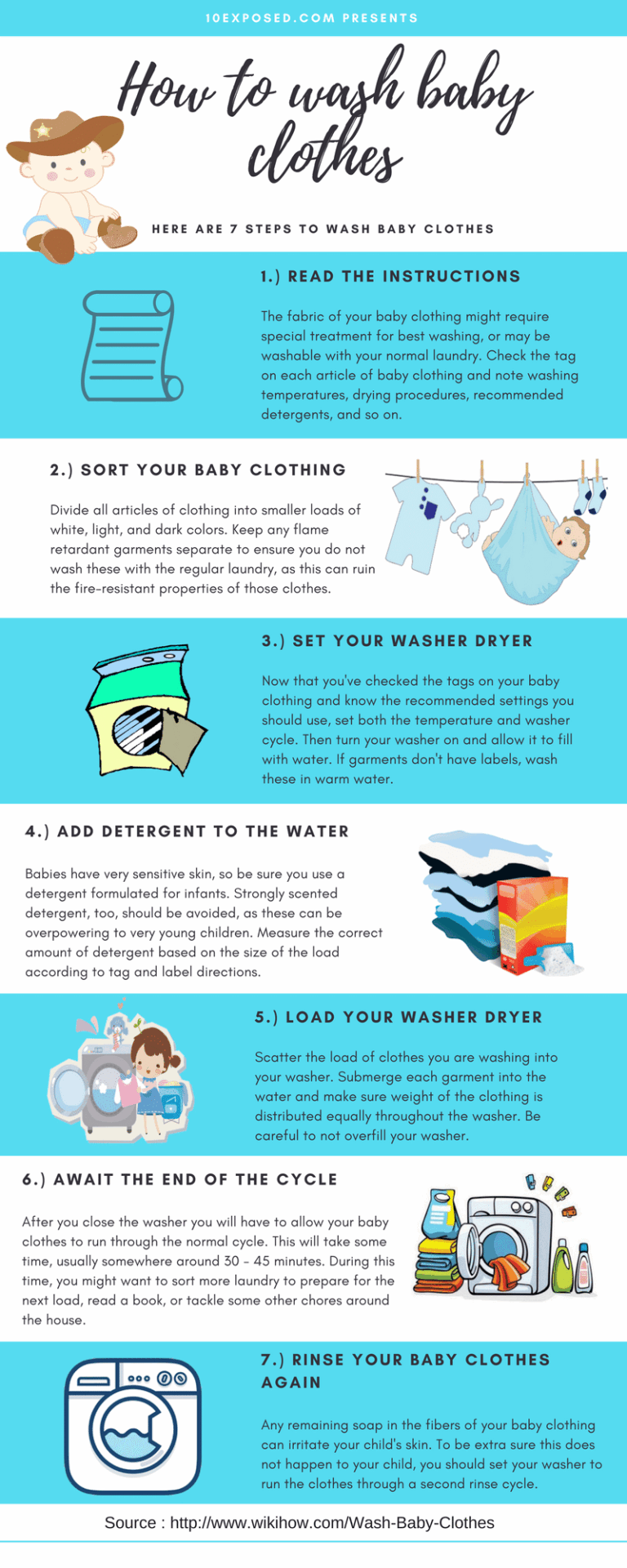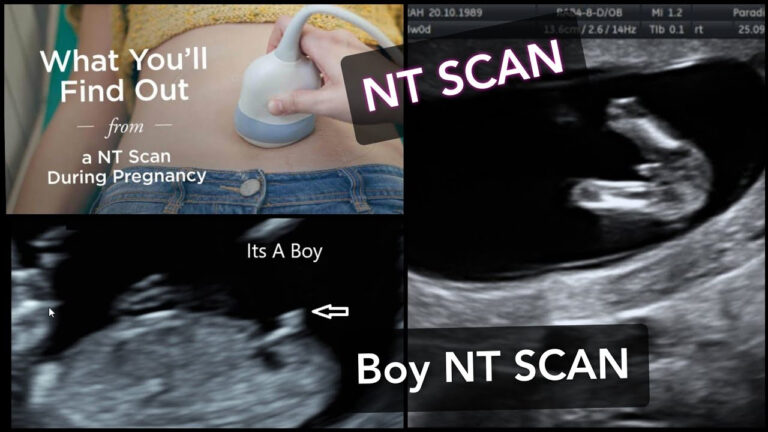When Do A Baby’s Eyes Change: A Comprehensive Guide
As a parent, you may have noticed that your baby’s eyes look different as they grow. Understanding when and how a baby’s eyes change can be fascinating and essential for monitoring their development. In this article, we will delve into the intricate process of when a baby’s eyes change and what factors contribute to these changes.
Knowledge
When a baby is born, their eyes may appear a certain color, but this can change over time. Most babies are born with blue or gray eyes due to the lack of melanin in their irises. Melanin is a pigment that gives color to the eyes, hair, and skin. As the baby grows, their eyes may gradually darken as melanin production increases.
Typically, a baby’s eye color will stabilize by the time they are around six to nine months old. However, some babies’ eye color may continue to change up to three years of age. This change is influenced by genetics and the amount of melanin present in the eyes. If both parents have brown eyes, the baby is likely to have brown eyes as well. If one or both parents have blue eyes, the baby may inherit blue eyes.
In addition to genetics, environmental factors can also play a role in determining a baby’s eye color. Exposure to light can stimulate melanin production, causing the eyes to darken. Therefore, babies who spend more time outdoors may experience a quicker change in eye color compared to those who are indoors most of the time.
It is essential to note that while genetics play a significant role in determining eye color, it is not always predictable. Some babies may surprise their parents by having a different eye color than expected based on family history. This unpredictability adds to the excitement of watching your baby’s eyes change and develop over time.
Conclusion
In conclusion, the process of when a baby’s eyes change is a fascinating journey that reflects their genetic makeup and environmental influences. Understanding the factors that contribute to eye color changes can help parents appreciate the uniqueness of their child’s development. By observing the gradual transformation of their baby’s eyes, parents can witness the wonders of nature at play.
Overall, this article serves as a guide for parents and caregivers to understand the nuances of when a baby’s eyes change. By being aware of the factors that influence eye color, parents can better appreciate the beauty and complexity of their child’s growing eyes. Remember, every baby is unique, and their eye color journey is part of what makes them special.






